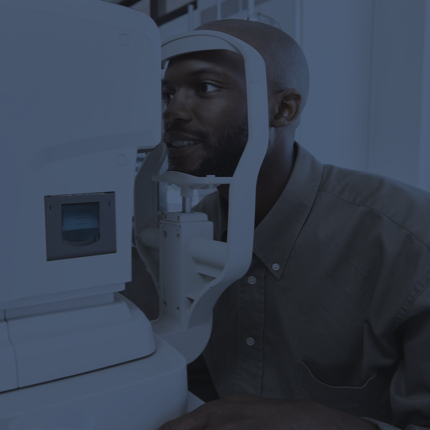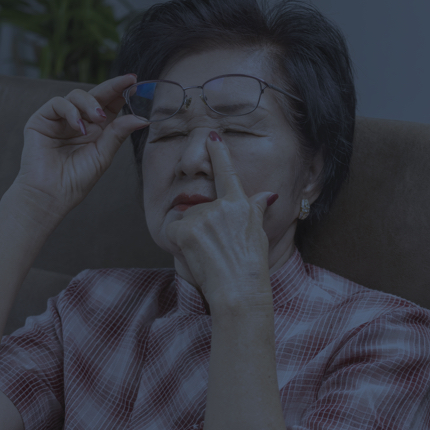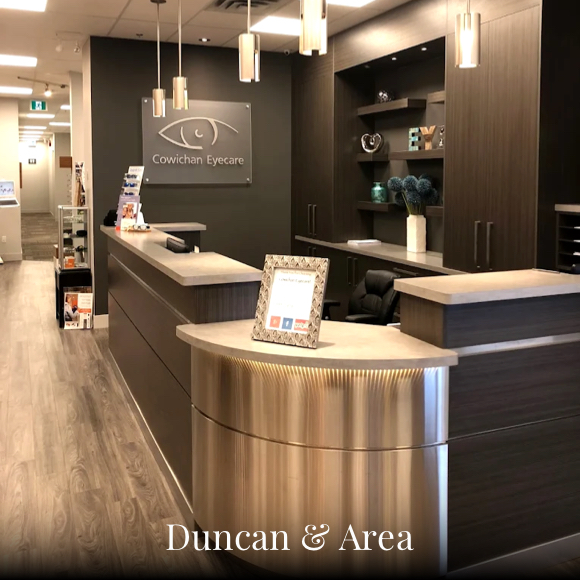Vision issues can be more common than you think at all ages. The good news is that your optometrist is in your corner to help preserve your visual health through regular eye exams. Lazy eye and strabismus are examples of visual issues that need to be addressed early.
Let’s look at lazy eye and if it’s the same as strabismus, including what separates the two vision conditions.
What Is Lazy Eye?
Amblyopia, also known as lazy eye, is the loss or lack of development of clear vision in one or both eyes. This eye condition usually develops before the age of 6, and even prescription eyeglasses and contact lenses cannot fully correct it.
Some common causes and risk factors of amblyopia can include:
- Family history
- Premature birth
- Visual deprivation of one eye
- Large refractive errors
- Not getting a comprehensive eye exam to assist with early detection
Early diagnosis and treatment can help increase the chance of complete recovery from amblyopia. Your optometrist can help detect amblyopia with a comprehensive eye exam by the age of 6 months and annual eye exams going forward.
Amblyopia treatment includes prescription lenses and vision therapy solutions.
What Is Strabismus?
Strabismus, also known as crossed eyes, is a vision condition where both eyes do not simultaneously look at the same place. Strabismus usually occurs when people have poor eye muscle control or are extremely farsighted.
Normally, your eyes work together to look at the same place. However, strabismus can occur when these muscles that control eye movement are not functioning correctly.
Some causes and risk factors of strabismus can include:
- Problem with the eye muscles or the nerves that control the muscles, trauma
- A significant amount of uncorrected refractive errors
- Family history
- Medical conditions
Strabismus usually develops from a young age in infants and young children, most commonly by 3 years of age. Over time, the brain learns to ignore the image from the turned eye, which can lead to permanently reduced vision in the affected eye.
Signs and symptoms of strabismus may include:
- Eyes that do not move together
- Eyes that are misaligned
- Faulty depth perception
- Double vision
Your optometrist can help diagnose strabismus through a comprehensive eye exam, and treatment can include prescription eyeglasses and vision therapy.
Highlighting the Difference Between Lazy Eye & Strabismus
Amblyopia (lazy eye) and strabismus (crossed eyes) are two vision conditions that are closely related.
With both conditions, you must visit your optometrist for early diagnosis and treatment. Untreated strabismus can result in permanently reduced vision in one eye and develop into amblyopia.
Strabismus is a problem with eye alignment, and amblyopia is a problem with visual acuity or eyesight.
Early detection and vision therapy can help stop the conditions in their tracks. Both conditions are functional vision problems and can be treated at any age.
How Vision Therapy Can Help
Vision therapy is a personalized treatment method that focuses on therapeutic exercises. These exercises use movement, training, and specialized tools to teach your eyes, brain, and visual system to work together.
Vision therapy addresses deficits in your visual skills and helps you recover or improve crucial skills.
These visual skills can include:
- Eye alignment
- Balance
- Accommodation
- Depth perception
Vision therapy can help treat amblyopia and strabismus by re-training binocular integration skills and addressing visual processing deficits. Your optometrist will prepare a vision therapy plan that works for you.
Getting Ahead of Vision Issues
Early detection and treatment can make all the difference when dealing with vision issues such as amblyopia (lazy eye) and strabismus (crossed eyes). Your optometrist can help you and your children through a personalized vision therapy program.
Book an appointment with your optometrist to find the ideal treatment option for you and your children.



















